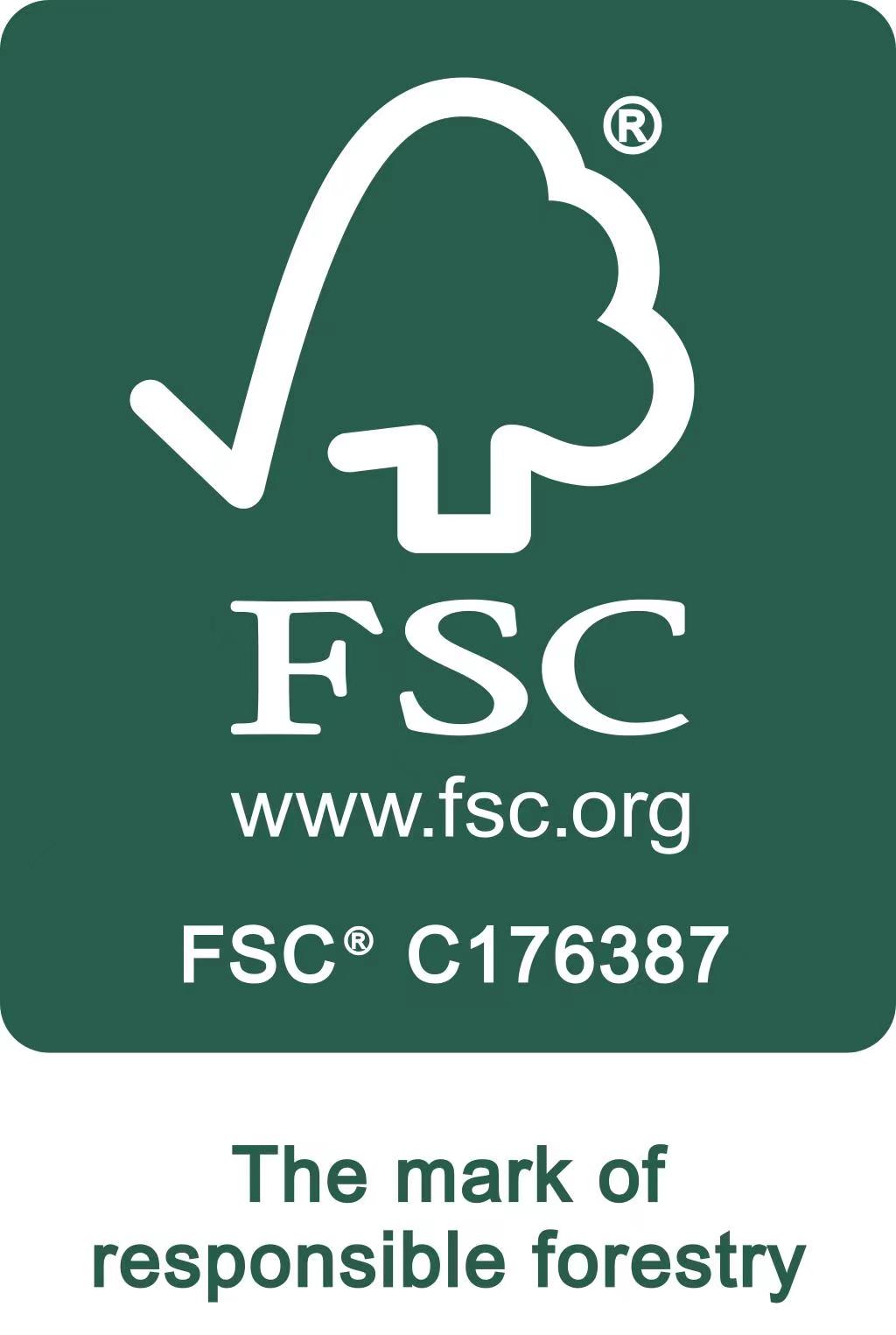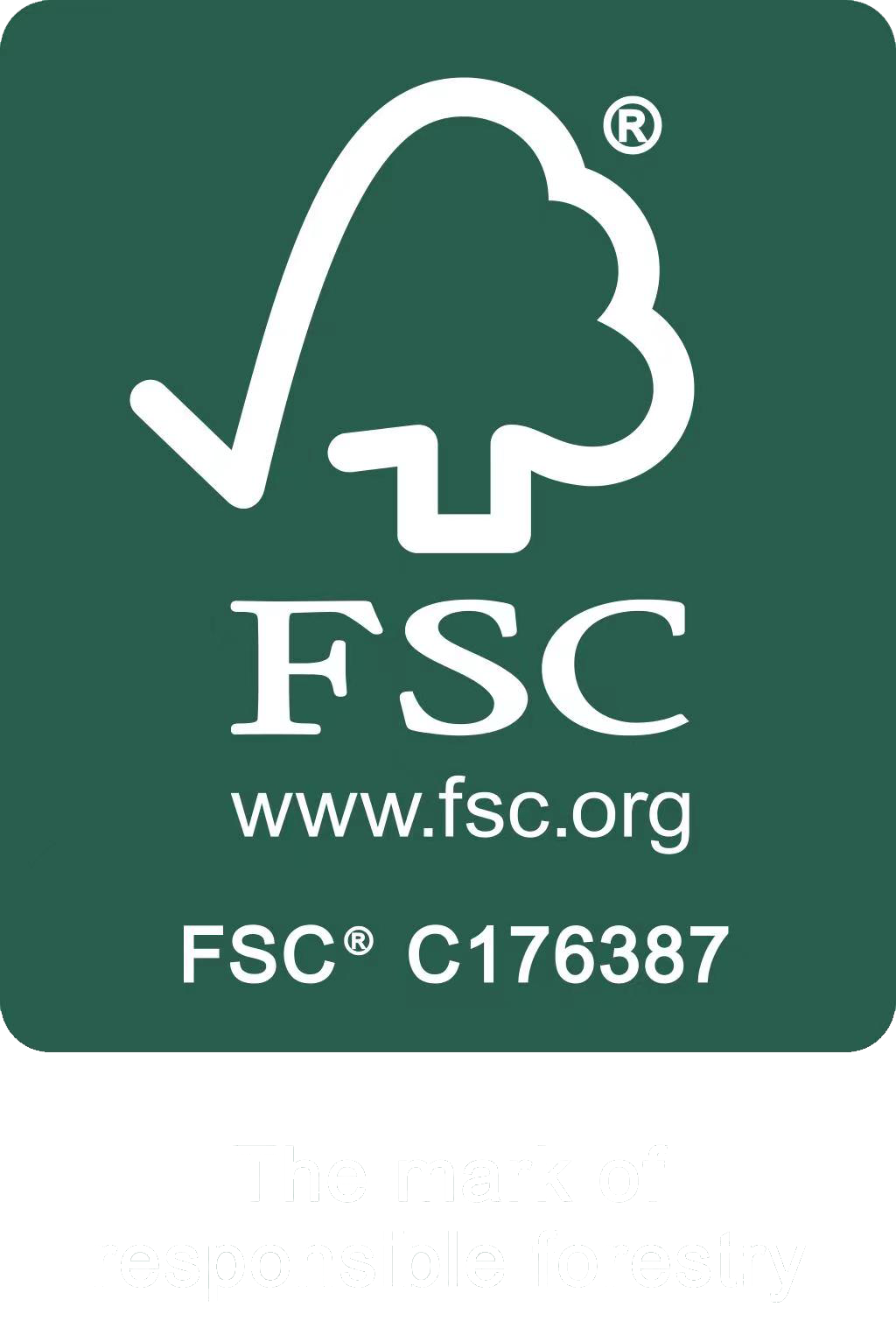辦理危包證需要先做分類鑒定報告��,然后和包裝性能單一起商檢局做危包證���。
危包證主要包含2個方面�,性能證和使用證。性能證比較簡單����,一般提供包裝的正規(guī)廠家都可以出具;使用證比較復雜��,要用性能證去生產(chǎn)危險品工廠的當?shù)厣虣z局申請����。在商檢局檢查過用此包裝的產(chǎn)品合格后,就可以拿到使用證了����。不過使用證的申請比較麻煩,各地商檢局的規(guī)定都不是很一樣的����,需要到工廠的當?shù)厣虣z局去咨詢辦理和審批。上海商檢局這一塊我們還是非常熟悉的��,辦理危包需要的資料:包裝性能單��,分類鑒定報告��。分類鑒定報告比較簡單提供樣品商檢局三天可以做出來�。
危包證上面有UN,CLASS,PG,品名,有效日期����,件數(shù)。這些是比較重要的����。一般是一周的樣子出正本危包證,找船公司訂艙的時候提供的是掃描件��,做危申報的時候需要提供正本����。
有些比較特殊的產(chǎn)品沒有危包可以使用其他文件來代替,比如裝在鋼瓶里面的貨物可以用鍋檢證來代替危包證����,裝在限量紙箱里面的貨物,可以用限量證明來代替危包證�。裝在噸桶里面的貨物可以用船級證來代替危包等等���。危險品出口是必須要有危包證的(能代替也可以)
關于GHS標簽有點變態(tài),危險品商檢是必須要有GHS標簽�,但是這個標簽上面是有廠家的聯(lián)系方式的,貿(mào)易公司可不想最終的收貨人知道真實的生產(chǎn)廠家��。所有經(jīng)常發(fā)生���,貨物進倉以后要求倉庫把這個標簽撕掉(我們經(jīng)常幫客戶撕)�����。
GHS標簽:《全球化學品統(tǒng)一分類和標簽制度》(GHS)是由聯(lián)合國出版的作為指導各國控制化學品危害和保護人類和環(huán)境的同一分類制度文件�。包括化學品標識��、象形圖����、信號詞、危險性說明�����、防范說明����、應急咨詢電話����、供應商標識�����、資料參閱提示語等�。根據(jù)化學品的危險程度和類別��,用“危險”�����、“警告”兩個詞分別進行危害程度的警示��。信號詞位于化學品名稱的下方���,要求醒目��、清晰�。
To apply for a dangerous package certificate, you need to make a classification and identification report first, and then make a dangerous package certificate together with the packing performance sheet by the commodity inspection bureau.
Dangerous package certificate mainly includes two aspects, performance certificate and use certificate. The performance certificate is relatively simple, which can generally be issued by the regular manufacturer providing packaging; The use certificate is complex, so you need to apply for the performance certificate from the local Commodity Inspection Bureau of the factory producing dangerous goods. After the Commodity Inspection Bureau has checked that the products packed with this package are qualified, you can get the use certificate. However, it is troublesome to apply for the use certificate. The regulations of commodity inspection bureaus in various places are not very same. You need to go to the local Commodity Inspection Bureau of the factory for consultation, handling and approval. We are still very familiar with the Shanghai Commodity Inspection Bureau. The information needed for handling dangerous packages: packaging performance sheet, classification and identification report. The classification and identification report is relatively simple, and the commodity inspection bureau can make it in three days after providing samples.
The dangerous package certificate has UN, class, PG, product name, effective date and number of pieces. These are more important. Generally, the original dangerous package certificate is issued in a week. When looking for the shipping company to book the space, the scanned copy is provided, and the original is required when making the dangerous declaration.
Some special products without dangerous packages can be replaced by other documents. For example, the pot inspection certificate can be used to replace the dangerous package certificate for the goods packed in steel cylinders, and the limited quantity certificate can be used to replace the dangerous package certificate for the goods packed in limited quantity cartons. The goods packed in ton barrels can use the classification certificate to replace dangerous packages, etc. The export of dangerous goods must have a dangerous package Certificate (it can be replaced or not)
The GHS label is a little abnormal. The inspection of dangerous goods must have a GHS label, but the contact information of the manufacturer is on this label. The trading company does not want the final consignee to know the real manufacturer. It often happens. After the goods enter the warehouse, the warehouse is required to tear off this label (we often tear it for customers).
GHS label: the globally harmonized system of classification and labelling of chemicals (GHS) is the same classification system document published by the United Nations as a guide for countries to control chemical hazards and protect human beings and the environment. Including chemical identification, pictogram, signal word, hazard description, prevention description, emergency consultation telephone, supplier identification, information reference prompt, etc. According to the hazard degree and category of chemicals, the words "danger" and "warning" are used to warn the hazard degree respectively. The signal word is located below the chemical name and should be eye-catching and clear.





